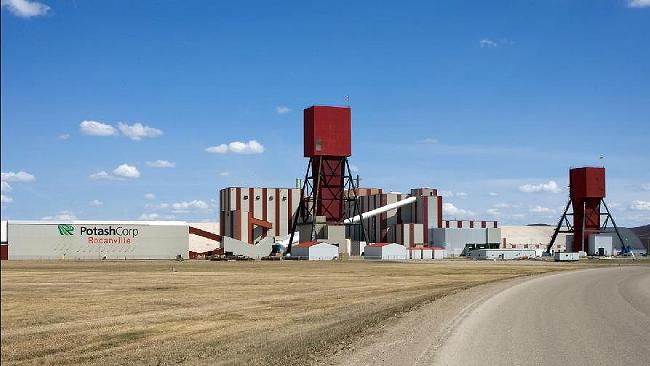The US Geological Survey (USGS), a scientific agency of the United States government, has recently published an up-to-date and GIS-based assessment of both known and potential potash deposits from evaporate sources. The accompanying database comprises more than 900 potash deposits with measured resources. The study also outlines more than 80 tracts throughout the world where potential potash sources may be found. In the United States, potash is mined from deposits in Utah and New Mexico. Although the production from the Michigan basin has stopped due to low potash prices, old equipment, and poor transport infrastructure, the location is home to significant potash resources. In addition to Michigan, large potash resources have been recently also found in Arizona but other US states have only relatively small deposits.
According to USGS scientist Greta Orris, “a significant finding of this assessment is that there appears to be little to no potential to develop potash mines in either China or India, where large populations create the need for highly productive agricultural land, which in turn requires large amounts of appropriate fertilizers”. She also thinks that “high import costs have resulted in lower usage of potash fertilizers than commonly seen in the US, and the potential for the land to be less productive.”
Potash includes a range of different minerals, processed products containing potassium, and ores. Potassium is one of the three most important nutrients for growing biofuels and crops. In modern agriculture, potassium is used in large amounts in order to produce enough crops to feed the growing population. Although potassium can be obtained from different sources, only potash deposits created by evaporation can provide enough potassium to meet the needs of the agricultural sector. USGS estimates that the potash-bearing basins may have more than 100 billion metric tons of potassium. The most prospective basins are for example the Zechstein Basin in Germany, Elk Point Basin in Canada, the Pripyat Basin in Belarus, and the Solikamsk Basin in western Russia.




